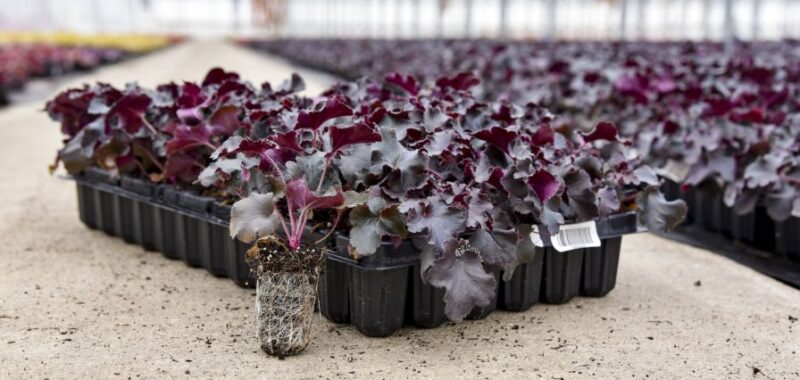
“Artificial intelligence helps us go beyond data collection to where we can predict outcomes and make informed judgement calls.” This is how Ian Seiferling, CEO and Co-Founder of Adaviv, defined artificial intelligence (AI) as he kicked off a panel discussion at Cultivate’24 on using smart technology and artificial intelligence in the greenhouse. Joining Seiferling on the panel were Jonathan Buswell, Director of Automation at Monrovia; Della Fetzer, Founder of Rebel Cultures; and Aren Phillips, Greenhouse Systems Manager at Walters Gardens.
So what does AI not mean? There are at least two myths about it.
“It’s a myth that AI knows how to grow plants. The growers are the ones who know how to grow plants,” Phillips said. “We can use grower knowledge to tell AI what the plants are doing. It’s a tool, but it won’t replace the grower.”
The other myth? “It’s untrue that you need to know a lot about AI to be able to use it. You can actually learn just enough, then rely on the experts,” says Fetzer, whose company does lab-free tissue culture.
How Others Define AI
Buswell said AI can involve anything from using drone technology to remote sensing.
“It’s a resource to help growers measure plant health,” he said.
Fetzer noted that plant tissue culture can be hard to automate, and in her case (and the case of some growers as well) it all depends on the trays you’re using and how AI might work with your containers.
“Adding AI to a bad or inefficient process will lead to bad data,” she said. “We need a more formal process for collecting, storing, and acting on data.”
Phillips cautioned that AI and machine learning are two different things.
“Generative AI is like ChatGPT – it can be trained to think and respond in human form,” Phillips said. “Machine learning is the next step in automation, with equipment and sensors that collect data and then learn how to use that data. After that, there are tools that can translate that data into human language.
Data is Currency
Ownership of data was an important part of the conversation, with Phillips noting that Walters gardens has an in-house IT and ERP system so it can own its own data.
“Data is currency, and when you work with an outside company, there will always be questions over who owns the data,” Phillips said.
Fetzer noted that it’s important to strategize and be selective about sharing data, and you don’t want to be too closed or too open with it.
“Remember that the tech companies you work with are likely also working across a wide range of other industries,” she said.
What about the cultural impact on your team when you add smart technology? The panelists agreed that the long-term benefits of efficiency often outweigh any concerns.
“The more we partner with technology companies, the more they can learn about our industry, and the more we can lower our own costs,” Buswell said. “The more work those companies have to do on their own, the higher the costs will be for us.”
Phillips said Walters Gardens has not let anyone go when adding automation.
“We use it to help people do their jobs better,” Phillips said. “You should look at AI as a data source, not a product. This helps alleviate any cost concerns.”

